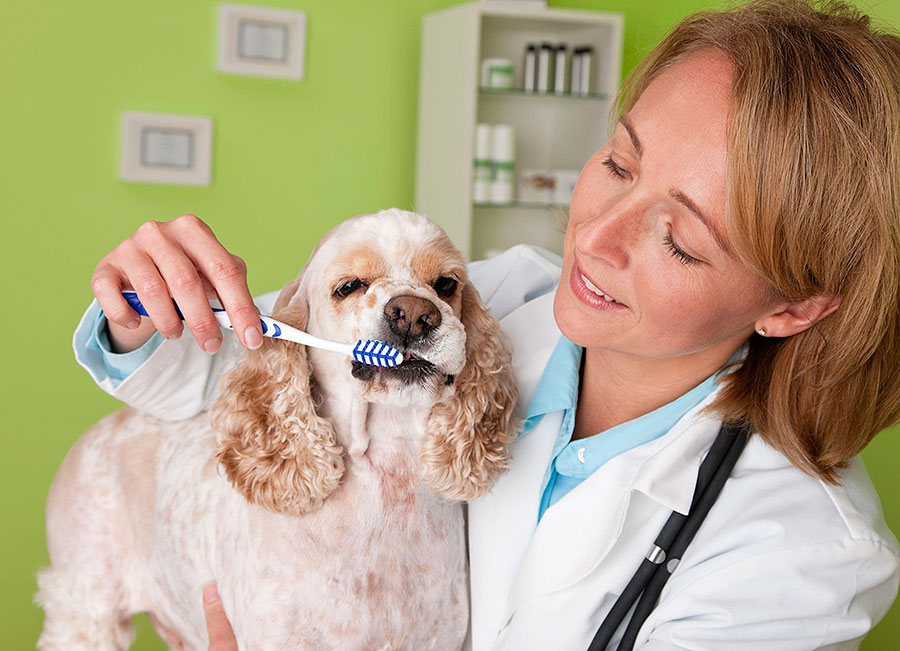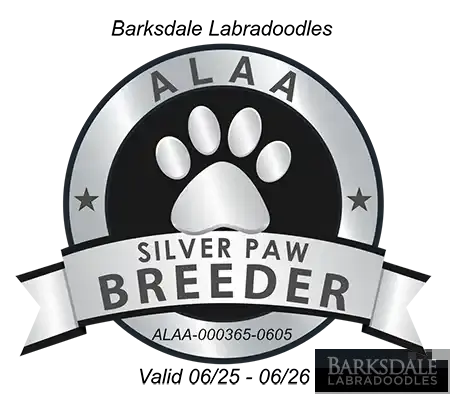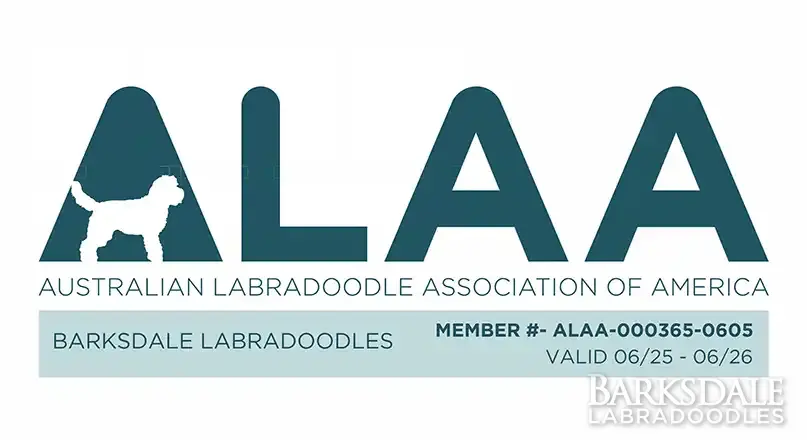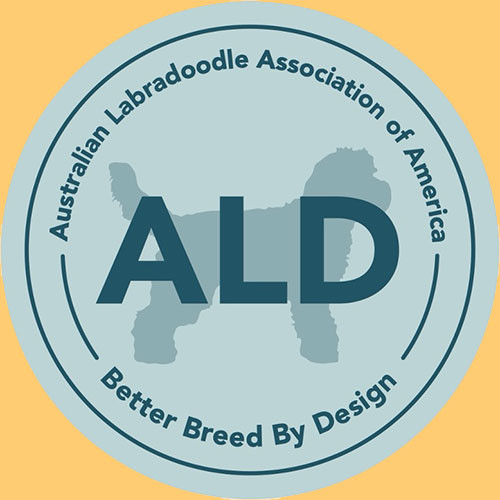You put a lot of thought into keeping your dog healthy: quality food, routine checkups, plenty of fitness. But what about his teeth?
Oral hygiene is an often-overlooked but important factor in your dog’s overall health. If they have a toothache or sore gums, they are dealing with pain and stress that you may not even know about. Left untreated, bacteria introduced by the problem can enter the bloodstream and affect your dog’s heart, kidneys or liver. Veterinarians report that an estimated 85 percent of dogs over age 4 are suffering from some form of periodontal disease, a painful oral condition that can lead to tooth loss and infection. The good news? All of these problems are preventable with regular dental cleanings and professional checkups.
Like regular grooming or the daily jaunt outside, dental care should be something your dog comes to expect each day. But it won’t happen overnight; most dogs take some time getting used to someone poking around in their mouth. Most owners need to warm up to the idea, too! Ideally, introduce dental care when your pooch is still a puppy. But don’t stress if you just realized that your adult dog’s teeth need some attention. Just take a slow, patient approach, and remember that lots of love and treats go a long way in winning him over.
Most experts agree that daily brushing is ideal, but if that’s unrealistic, aim for three to four times per week. And don’t be an overachiever: If your pup’s patience only lasts for you to brush half their teeth today and the other half tomorrow, that’s fine. Just remember which half you did each day!
How to Help Your Dog Clean its Own Teeth
Unfortunately, dogs can’t care for their teeth themselves, but they can help by gnawing on the right product. A good long chew can help scrape away plaque and dirt, and most dogs are happy to comply. Natural choices include rawhide or a knucklebone. Knucklebones are a softer bone that’s gentler on the teeth. Never give harder items, such as hooves or bones from steak, rib or ham shank as these can fracture teeth!
Some dogs won’t bite on these natural choices, but many do enjoy chewing artificial bones or chew toys. Try a variety to see what your dog likes. Always choose rubber or nylon toys with a rough or bumpy surface, large enough so that it won’t present a choking hazard. A chew toy should be somewhat flexible, not rock hard.
Dogs love to eat, and crunchy food and chew treats can help with your overall efforts. Look for the “VOHC-approved” stamp on any dental-cleansing product, which means they meet the tooth cleaning protocols established by the Veterinary Oral Health Council. While these items won’t replace the need to brush, they can help reduce unwanted buildup.
You probably don’t want to share your toothbrush, so once you’re ready to begin brushing, get her some supplies of her own:
–Doggie toothbrush: A human toothbrush works well; choose a soft one in a size to match her mouth. Canine toothbrushes are more angled and also come in a fingertip style, which slips over the end of your finger. Choose the kind you both like.
–Canine toothpaste: It’s unlikely your dog will learn to spit, so she needs a toothpaste that’s safe to swallow. That rules out human formulas, which contain abrasives and detergent that she shouldn’t ingest. Plus, she’ll prefer the poultry or seafood options of canine toothpaste.
–Wipes or pads: When there’s no time for full brushing, wiping her teeth and her gum line will whisk away some bacteria and food. You can use a canine dental pad, available at most pet stores, or a simple gauze pad wrapped around your finger.
So you’ve gathered your supplies and you’re committed to forming good dental habits. Your next goal is convincing your dog.
Tips for Getting Your Dogs Ready for Dental Care
- Do not rush it– Don’t expect your dog to sit and open wide. He may think tooth brushing is right up there with having a bath. Depending on your dog’s age and background, it can take several days to several weeks to gain his cooperation.
- Get familiar with their mouths–Spend some time handling their mouth. Turn your finger into a treat by dabbing something tasty on it — like peanut butter, meat baby food or nonfat yogurt. Let him lick at your finger, while you gently rub his teeth and gums. Reapply the tasty treat as needed, trying to move their lips aside to expose more of the teeth. They’ll also need to be used to having you handle their muzzle. Gently place one hand under his lower jaw and the other on top, and rest your hands like that for a few seconds. Gradually work your way toward manipulating his mouth by parting his lips, then gently easing his jaw open.
- Choose a time of day that works–Once your Dogs have given everything the OK, choose a time of day that’s quiet and unhurried, then bring out the brushing gear.
Let’s Begin – Barksdale Dental Care 101
- Let your dog sniff and lick the toothpaste and toothbrush.
- Move your dog’s lips aside, then rub the visible teeth with either your finger or the toothbrush. A touch of toothpaste may spark his interest.
- Gradually increase the number of teeth you brush, reapplying the toothpaste as needed. Remember to brush along the gum line. A circular motion works best.
- Once that’s going well for a few days, try gently opening his jaw to brush the back teeth. Don’t worry if it’s too difficult to brush the inside of his teeth; with most breeds, periodontal disease is more common on the outside of teeth.
- Conclude with a special reward — play, treat or affection — even if the process didn’t go well. You want your dog to form a positive association with brushing, so a happy ending this time may make him more agreeable next time.
Next Steps—Choosing Your Dog’s Dentist and Preparing for Their First Trip
You’ll need to take your pet to see the veterinary dentist at some point, so read on for ways to make that a smooth experience. Whether it’s for a professional cleaning or because your dog was up all night with a toothache, make his trip to the dentist as comfortable as possible.
Start by researching which veterinary dentists are in your area. Unless it’s an emergency, ask your vet or other pet parents for their recommendations. If it’s convenient, make a dry run to let your dog say “hello” to the staff, sniff out the waiting room and sample a treat. This lets you both check out the place and helps your dog feel more agreeable about future visits.
When you set up your appointment, find out anything you’d like to know: if you’ll be able to stay with your pet, if they accept your veterinary insurance (if you have it) or any other questions on your mind. Be sure to ask if you need to follow any instructions before his visit. If he’s having some dental procedures — even a cleaning — he may be given an anesthetic, so proper preparation is important.
You may have dental anxiety, but your dog doesn’t have to know it. Your faithful companion has become a master at reading your emotions, so if you act nervous come appointment day, he’ll worry, too. Hop in the car and head to the office as you would any other fun outing. And tuck a reward in your pocket. If his teeth hurt, bring something soft like baby food or peanut butter.
During the appointment, don’t hesitate to ask questions and gather as much information as you need. If you’re uncertain about something, go home and do some research, or consider a second opinion.
Good dental care, both at home and from a professional, is a big part of keeping your dog healthy. With some patience and dedication, it can easily become a part of your lifestyle.










